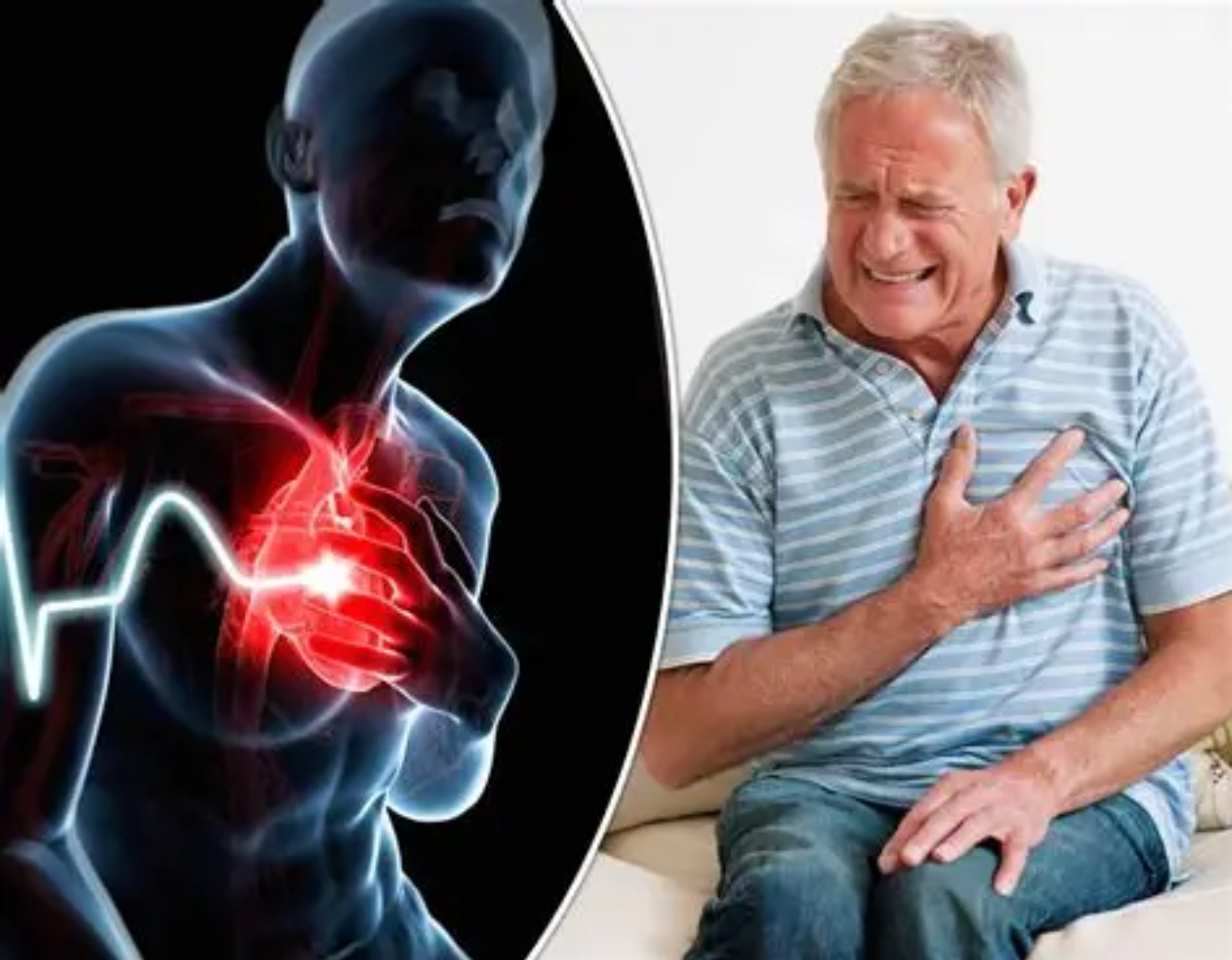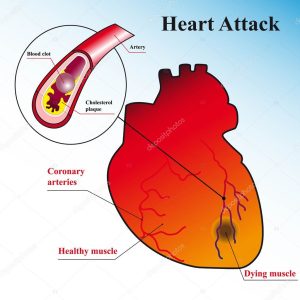A heart attack occurs when blood flow to the heart is blocked, causing muscle damage. Learn about its causes, symptoms, treatment options, recovery process, and how lifestyle changes can prevent future attacks while clearing up common misconceptions.
❤️ What is a Heart Attack?
A heart attack happens when blood flow to part of the heart muscle is reduced or completely blocked. Without enough oxygen-rich blood, the heart muscle begins to suffer damage and can eventually die if the flow isn’t restored quickly. The amount of damage depends on the size of the area affected and how long it takes to receive treatment. While this can be a frightening event, many people survive a heart attack and, with the right care, go on to live healthy and productive lives. Recovery may involve surgery, cardiac rehabilitation, lifestyle changes, and medication to help prevent another attack.
What Happens During a Heart Attack?
Your heart muscle relies on constant oxygen supply. Blood reaches it through the coronary arteries, but over time, these arteries can narrow due to a buildup of fat, cholesterol, and other substances—known as plaque. This process is called atherosclerosis. If a piece of plaque ruptures, a blood clot can form and block the artery, cutting off blood flow. When this happens, the heart muscle begins to die. In the United States, someone has a heart attack about every 40 seconds.
Why Didn’t I Have Any Warning?
In its early stages, atherosclerosis may not cause noticeable symptoms. When an artery is narrowed by more than 70%, muscle pain or cramping may appear because the tissue isn’t getting enough oxygen. Sometimes nearby vessels expand to form a “detour” system known as collateral circulation, which may temporarily compensate for reduced blood flow. This can delay or mask warning signs, but collateral circulation can also help protect the heart during or after an attack by delivering some blood to the affected area.
Is My Heart Permanently Damaged?
The damage from a heart attack depends on how much of the heart muscle is deprived of blood and how quickly treatment is provided. Damaged heart tissue heals by forming scar tissue, which does not contract like healthy muscle. Healing usually takes several weeks, and while the heart is resilient, it may not pump as strongly afterward. Still, with treatment and lifestyle changes, further damage can often be limited or prevented.
How Long Will Recovery Take?
Recovery time varies based on the size and location of the heart attack and the treatment received. Scar tissue that develops in the heart muscle can reduce pumping ability. Most survivors also have some degree of coronary artery disease, meaning they will need to adopt healthier lifestyle habits, take prescribed medications, and in some cases, undergo surgery or cardiac rehab. These steps can help restore function and support long-term recovery.
Is All Chest Pain a Heart Attack?
Not all chest pain signals a heart attack. A common cause is angina, a type of chest discomfort that occurs when the heart isn’t getting enough blood flow. Angina can happen during exercise or emotional stress (stable angina) or unexpectedly at rest (unstable angina). Unstable angina can be a precursor to a heart attack and should be treated as a medical emergency. Unlike a heart attack, angina itself doesn’t cause permanent heart muscle damage.
Medical Terms for Heart Attack
Doctors may use terms like myocardial infarction (MI) to describe heart muscle damage caused by blocked blood supply. Acute coronary syndrome (ACS) refers to sudden blockage of blood flow to the heart. You may also hear STEMI (a complete blockage) and NSTEMI (a partial blockage) used to classify different types of heart attacks. Coronary thrombosis describes a clot forming in a heart artery, sometimes called coronary occlusion.
Other Causes of Heart Attack
Not all heart attacks are caused by plaque rupture. Sometimes an artery can spasm, suddenly narrowing and reducing blood flow. This can happen in both healthy vessels and ones already narrowed by plaque. Another rare cause is spontaneous coronary artery dissection (SCAD), a sudden tear in the coronary artery wall. Both can lead to reduced or blocked blood flow and result in a heart attack.
Heart Attack vs. Cardiac Arrest
Although the terms are often confused, a heart attack and cardiac arrest are different. A heart attack is a circulation problem caused by a blocked artery that prevents blood from reaching the heart muscle. Cardiac arrest is an electrical problem where the heart suddenly stops beating, often due to abnormal rhythms like ventricular fibrillation. A heart attack can sometimes trigger cardiac arrest, which is fatal within minutes unless CPR and defibrillation are provided.
For more information: What Does a Heart attack Feel Like? Possible Locations of Pain & More



